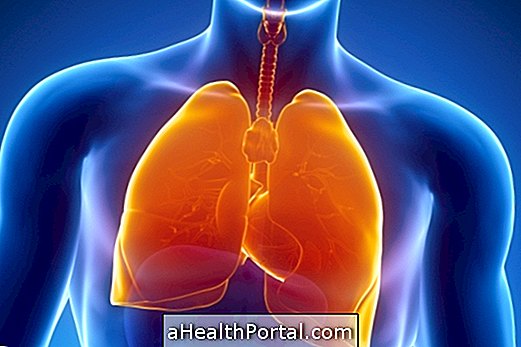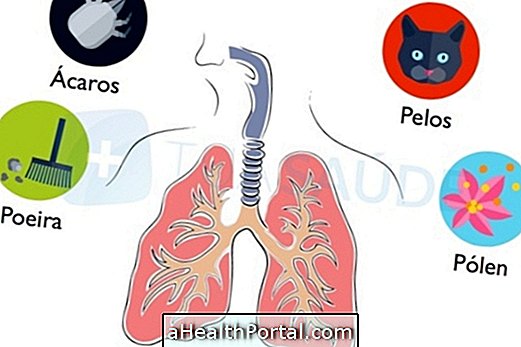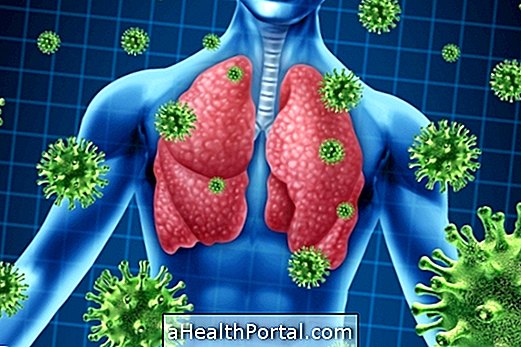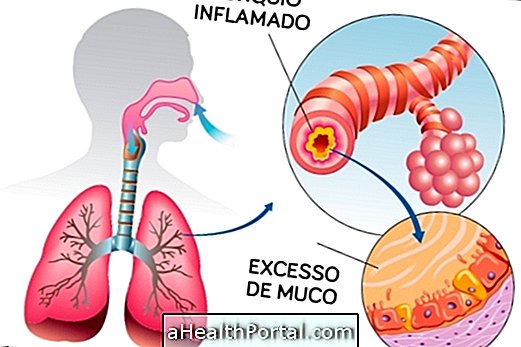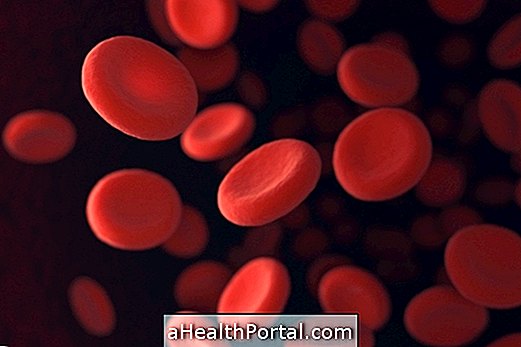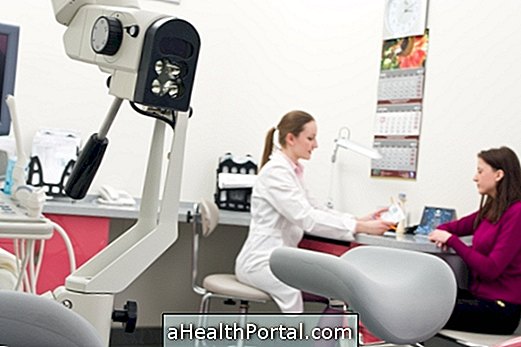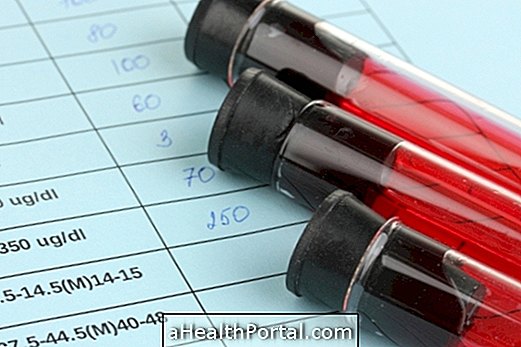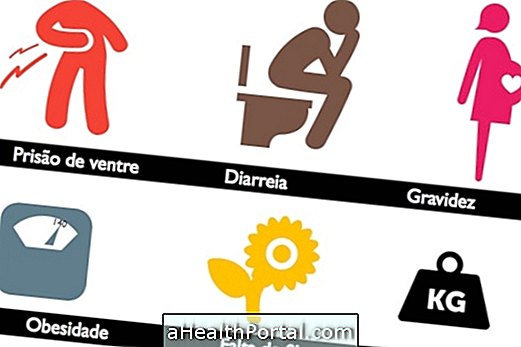Pleural tuberculosis is not contagious and is an infection of the pleura, which is the thin film lining the lungs by Koch's bacillus, causing symptoms such as chest pain, cough, shortness of breath and fever.
However, one can catch this type of tuberculosis from people with pulmonary tuberculosis or even develop it after having a pulmonary tuberculosis, for example.
Tuberculosis that develops in the pleura is one of the most common types of extrapulmonary tuberculosis, ie it manifests outside the lungs, such as bone, throat, lymph nodes or kidneys, and is a more common condition in people with weakened immunity, such as people with AIDS, cancer or in use of steroids, for example. Learn more about what is and how to identify extrapulmonary tuberculosis.
To treat pleural tuberculosis, the pulmonologist or infectologist may indicate a treatment schedule of at least 6 months with 4 antibiotic medicines, which are Rifampicin, Isoniazid, Pyrazinamide and Etambutol.

Main symptoms
The symptoms of pleural tuberculosis are:
- Dry cough;
- Pain in the chest, which arises during respiration;
- Fever;
- Increased night sweats;
- Difficulty breathing;
- Slimming without apparent cause;
- Malaise;
- Loss of appetite.
Usually the first symptom presented is cough, then the individual may experience chest pain. After a few hours the other symptoms will start to get worse and worse until he comes for medical help.
How the contagion happens
Pleural tuberculosis is not contagious since Koch's bacilli are not present in lung secretions. Thus, those who acquire this type of tuberculosis are contaminated by people with pulmonary tuberculosis who, when coughing, spread large quantities of bacteria in the environment.
The microorganisms then reach the pleura after they have spread through the bloodstream or directly from lesions formed in the lung.

How to confirm
For the diagnosis of pleural tuberculosis the doctor may request tests such as:
- Detailed physical examination;
- Analysis of the pleural fluid for the detection of enzymes present in the infection, such as lysozyme and ADA;
- Chest x-ray;
- Sputum examination for tuberculosis bacillus (BAAR);
- Mantoux test, also known as tuberculin test or PPD. Understand how and when this tuberculosis test is done;
- Bronchoscopy.
The chest x-ray may show lesions in the pleura, such as thickening or calcification, or a pleural effusion, also known as water in the lung, which usually affects only 1 of the lungs. Understand better what it is and the other possible causes of pleural effusion.
How is the treatment done?
Pleural tuberculosis can be spontaneously cured in some cases, even without treatment; however, treatment is usually done with a combination of 4 antibiotics called Rifampicin, Isoniazid, Pyrazinamide and Ethambutol.
The fever may go away within two weeks, but may persist for six or eight weeks, and the pleural effusion disappears for about six weeks, but may persist for three to four months.
In general the patient has a significant improvement in the first 15 days of treatment but it is important to take the medicines prescribed by the doctor even in the absence of symptoms, since the bacillus takes a long time to be completely withdrawn from the body. Find out more details on ways to treat tuberculosis.
Does pleural tuberculosis have a cure?
Pleural tuberculosis has a 100% chance of cure. However if the treatment is not performed properly there may be complications such as the development of tuberculosis in other regions of the body.
